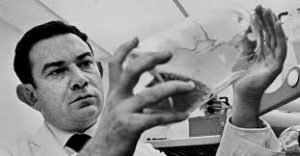Death Of Leonard Hayflick: Related Study

Biomedical researcher Leonard Hayflick, who discovered that normal somatic cells can divide (and thus reproduce) only a certain number of times, died recently.
- Hayflick limit refers to the maximum number of times a cell can divide.
- It’s named after scientist Leonard Hayflick, who discovered this phenomenon.
- The limit plays a crucial role in aging and the development of age-related diseases.
- Hayflick found that cells go through three phases.
- The first is rapid, healthy cell division.
- In the second phase, mitosis slows. In the third stage, senescence, cells stop dividing entirely.
- They remain alive for a time after they stop dividing, but sometime after cellular division ends, cells do a particularly disturbing thing: Essentially, they commit suicide.
- Once a cell reaches the end of its life span, it undergoes a programmed cellular death called apoptosis.
- Hayflick’s discovery got further weight after researchers in the 1970s discovered Telomeres.
- Telomeres are repetitive DNA sequences at the very end of these strands, meant to protect the chromosome.
- Crucially, with each cell division, these telomeres get slightly shorter. Eventually, the telomere loss reaches a critical point at which cell division ends.
- That said, while shortening telomeres is related to aging, the exact relationship between telomere length and lifespan remains unclear.




